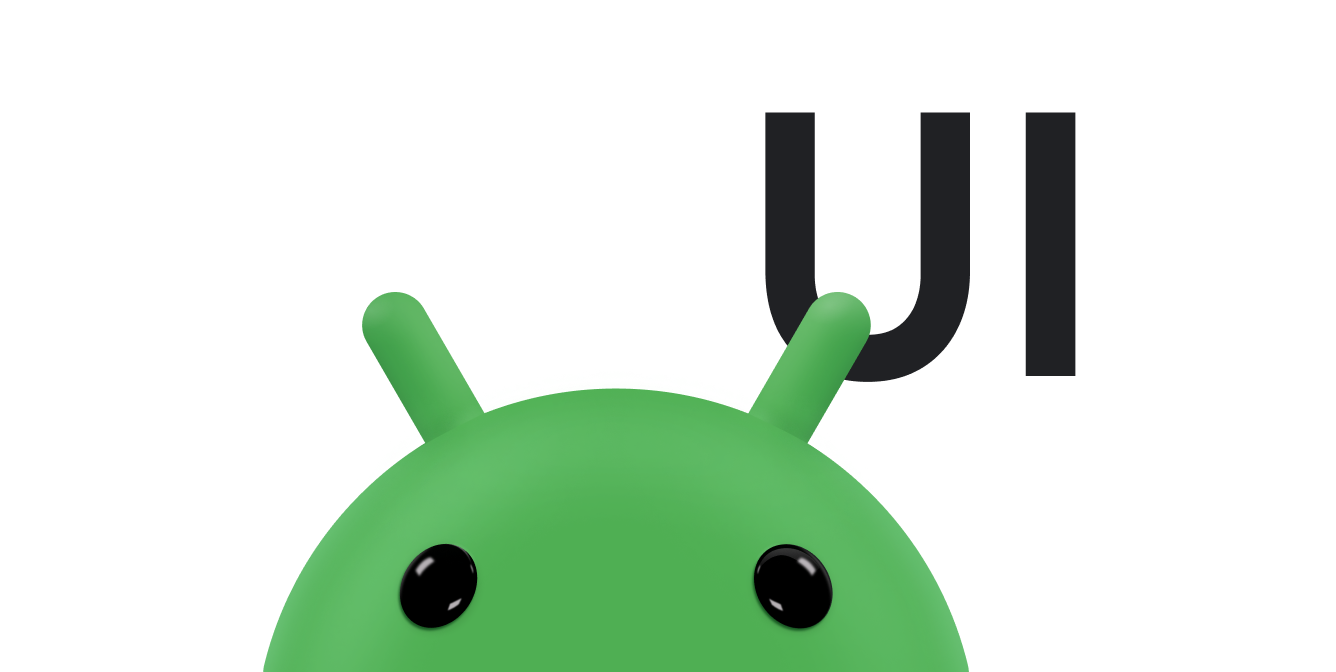이 문서에서는 사용자가 터치 동작을 사용하여 앱과 상호작용할 수 있는 앱을 작성하는 방법을 설명합니다. Android에서는 동작을 만들고 감지할 수 있게 돕는 다양한 API를 제공합니다.
모든 상황에서 모든 사용자가 동작을 사용할 수 있는 것은 아니므로 앱에서 기본적인 동작을 위한 터치 동작에 의존해서는 안 되지만, 터치 기반 상호작용을 앱에 추가하면 앱의 유용성과 매력을 크게 높일 수 있습니다.
사용자에게 일관되고 직관적인 환경을 제공하려면 앱은 Android에서 허용되는 터치 동작 규칙을 따라야 합니다. 머티리얼 디자인 동작 문서에서는 Android 앱의 일반적인 동작을 사용하는 방법을 보여줍니다. 머티리얼 모션도 참고하세요.
이 주제에 관한 자세한 내용은 다음 관련 가이드를 참조하세요.
주제
- 일반 동작 감지하기
GestureDetector를 사용하여 스크롤, 살짝 튕기기, 두 번 탭하기 같은 기본적인 터치 동작을 감지하는 방법을 알아보세요.- 터치 및 포인터 움직임 추적하기
- 움직임을 추적하는 방법을 알아보세요.
- 스크롤 동작 애니메이션 처리
- 터치 이벤트에 응답하여 스크롤러(
Scroller또는OverScroller)를 사용하여 스크롤 애니메이션을 생성하는 방법을 알아봅니다. - 멀티 터치 동작 처리
- 여러 포인터 (손가락) 동작을 감지하는 방법을 알아보세요.
- 드래그 및 크기 조정
- 터치 기반 드래그 및 확장을 구현하는 방법을 알아봅니다.
- ViewGroup에서 터치 이벤트 관리하기
- 터치 이벤트가 타겟 뷰에 올바르게 전달되도록
ViewGroup에서 터치 이벤트를 관리하는 방법을 알아보세요.


